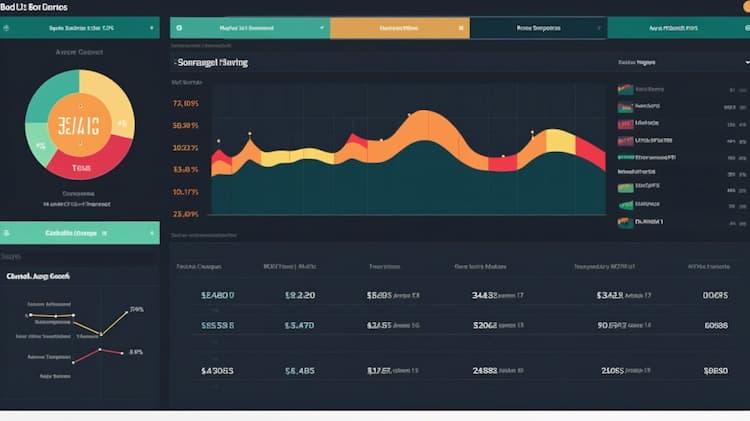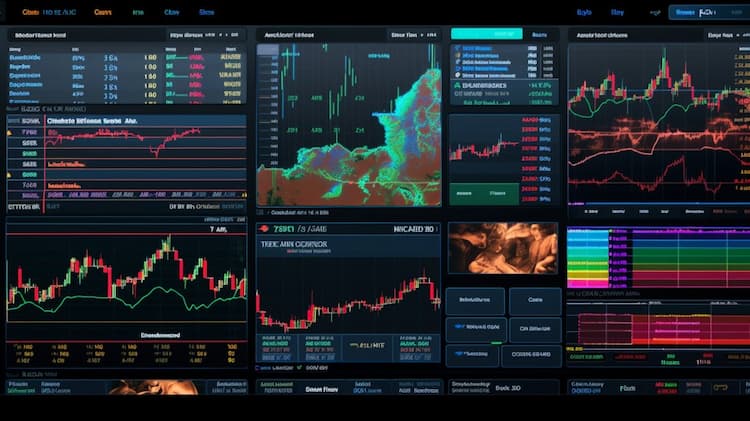
FAS VS FAZ: A Comprehensive Comparison of ETFs
Exchange-Traded Funds (ETFs) have transformed the investment landscape by offering diversified exposure across various sectors and asset classes. In this article, we will conduct a comprehensive analysis of two prominent ETFs: FAS (Direxion Daily Financial Bull 3X Shares) and FAZ (Direxion Daily Financial Bear 3X Shares). We'll delve into crucial aspects including ETF tickers, full names, issuers, sectors, top holdings, capitalization, strategy, tracking, and exposure.
FAS VS FAZ: Overview
FAS and FAZ represent ETFs with differing strategies within the financial sector. While FAS aims to triple the daily performance of financial companies, FAZ seeks to achieve the inverse of this performance. This contrast in investment goals leads to distinct exposures and potential risks, which will be explored in the subsequent sections.
FAS VS FAZ: Sectors and Top Holdings
The FAS ETF primarily targets the financial sector and holds positions in major financial institutions such as JPMorgan Chase, Berkshire Hathaway, and Bank of America. In contrast, FAZ seeks inverse daily results to the Russell 1000 Financial Services Index. Understanding the sectors and top holdings aids investors in selecting the ETF that aligns with their investment objectives.
 FAS overlap FAS VS FAZ: A Comprehensive Comparison of ETFs
FAS overlap FAS VS FAZ: A Comprehensive Comparison of ETFs
FAS VS FAZ: Capitalization and Strategy
FAS has a substantial asset under management (AUM), reflecting its popularity among investors seeking exposure to financial markets' bullish movement. Conversely, FAZ capitalizes on market downturns by attempting to achieve triple the inverse daily return of financial stocks. The differences in capitalization and strategy influence the potential returns and risks of these ETFs, necessitating careful consideration by investors.
FAS VS FAZ: Tracking and Exposure
FAS aims to deliver three times the daily performance of its underlying index through the use of derivatives and other financial instruments. FAZ, on the other hand, endeavors to offer the inverse of the daily return of the Russell 1000 Financial Services Index. Understanding these tracking and exposure methods is crucial for investors to choose the ETF that aligns with their risk tolerance and investment strategy.
Conclusion
FAS and FAZ present distinctive ETFs catering to varying approaches within the financial sector. To gain deeper insights into their holdings, correlations, overlaps, and more, ETF Insider emerges as an invaluable tool. With its user-friendly app, it offers comprehensive information on these financial instruments and more.
Disclaimer: This article does not provide any investment advisory services.
Sources:
FAS ETF issuer
FAS ETF official page
FAZ quote and analysis
Discover the top holdings, correlations, and overlaps of ETFs using our visualization tool.
Our app allows you to build and track your portfolio.
To learn more about the FAZ Direxion Daily Financial Bear 3X Shares, access our dedicated page now.



















